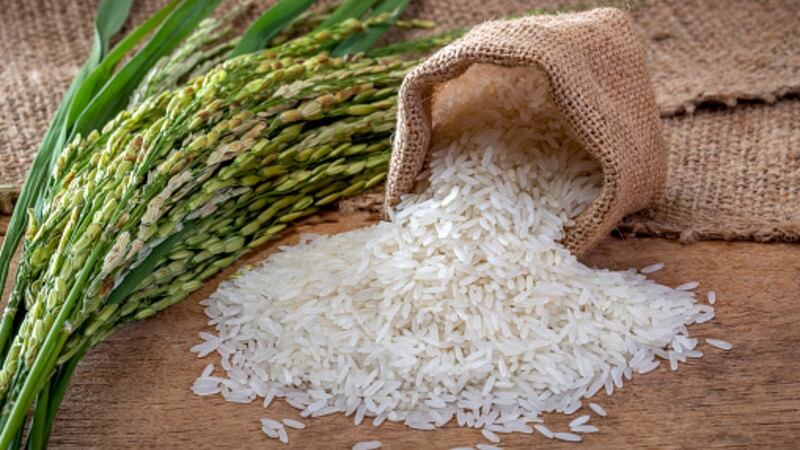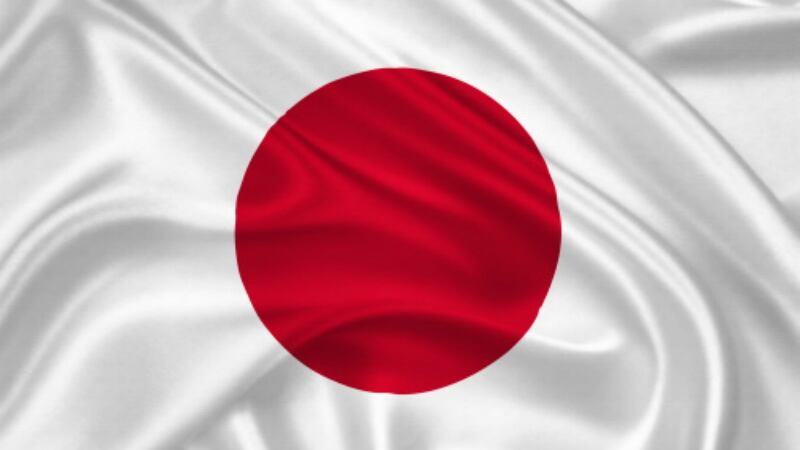Rice is the main staple food in Asia, and as a result has been an exceptionally sensitive commodity both politically and in terms of price. In countries like India, Indonesia and the Philippines, governments will act far more swiftly and severely to keep rice supply and price stable that they would with other commodities such as wheat or corn.
“In Asia, rice prices can make or break the people in a country, so governments used to be willing to interfere at all costs as long as they can keep rice stable, making rice extremely sensitive from both a price point of view and also a political one,” commodities expert and International Potato Centre Asia Regional Director Samarendy Mohanty told FoodNavigator-Asia.
“85% of global rice consumption is here in Asia, so the high alertness and sensitivity can be understood, but we have also seen signs that the extent of politicising is actually on the decline compared to 10 or 15 years ago
“One of the main signs was during COVID-19 when most of the Asian rice-producing countries like Philippines, Indonesia, Malaysia and India did not interfere with the market at all during the lockdowns, they did not set any bans on rice or stop any exports.
“If COVID-19 had taken place 10 to 15 years ago, the response from Asian rice producers would very likely to be different, probably more like what Vietnam and Cambodia did.”
The opening of the rice market has been particularly prominent in India, which has recently gone a step further and implemented reform laws in the food sector that will allow for the rice market to become much more open – including to food and beverage firms that use this as a key ingredient.
“In India rice, potato and wheat are considered to be essential commodities, where the government used to very tightly control prices and marketing – rice farmers were only allowed to sell to specific regulated people (distributors) and not to any private firms,” said Mohanty.
“The new laws mean that now private companies, including food and beverage firms, are allowed to have direct contact with farmers to make purchases and work directly with them for raw materials and ingredients – this means that now instead of the government, the food market itself will dictate the direction of rice, [a more progressive scenario].”
The Malaysian and Indonesian governments are also considering removing monopolies on rice, held by government-affiliated institutions Bernas and the National Food Logistics Agency (BULOG) respectively.
Reasons for rice liberalisation in Asia
In a way, the liberalisation of the rice market is a sign of higher incomes and stability, given the factors Mohanty quoted for this situation.
“The sensitivity has declined due to a rise in income amongst Asian consumers so there is [an emerging upper-middle class] of consumers that can now afford to diversify their diet to include other foods like meat and vegetables and dairy, so the importance of rice in their diets is on the decline,” he said.
“The diversification rate differs between countries though – it is influenced by the extent of government interventions in price control and subsidised food grain distribution, e.g. in India the government provides highly subsidised food grains (rice and wheat) to 800 million people so there is less diversification.”
That said, overall rice consumption is still on the rise both in Asia and worldwide due to consumption by lower tier groups in Asia as well as increasing demand in countries such as Africa. This means more rice still needs to be produced in the years to come, especially as market liberalisation in Asia could well lead to reduced production in the future.
“There is a likelihood that this market liberalisation would lead to reduced rice supply because farmers will now have other options,” said Mohanty.
“In India which is the world’s third-largest rice exporter for example, where they previously grew rice based on the Minimum Support Price (MSP) by the government, now they are allowed to enter in to contracts with food and beverage firms or others to supply these businesses, they are also able to choose other crops, and if paid more they will of course happily make the switch.
“So this means there will be less supply moving forward, yet the demand and consumption is still there, so I believe that we need to develop producers and exporters outside of Asia too.”
Making rice a global commodity
Along those lines, Mohanty added that it is necessary to make rice a global – not just Asian – commodity as there are ‘huge risks’ if status quo is maintained.
“90% of rice production is centred in Asia – if there is any climate or any other disaster that occurs in South or South East Asia, that’s big trouble for the entire rice market worldwide,” he said.
“It’s not like wheat or corn or soybeans where production is dispersed worldwide so if something happens in one area, supply can still be found elsewhere – rice is really lacking this. We were lucky that COVID-19 did not make the supply chains collapse, but it’s still a big risk for the whole region’s supply if anything does happen.”
He suggested Africa where rice is already a staple food to also be a major rice producer, but acknowledged that there are many challenges to this option.
“It is of course unlikely that Asian governments would want to give up their hold on rice even with liberalization, and as long as rice supply from Asia is cheap, Africa won’t find it attractive to grow their own,” he said.
“There’s also the issue of political stability there, so overall if Africa does evolve to be a major rice exporter, it would take at least another 15 to 20 years for this to happen.”





